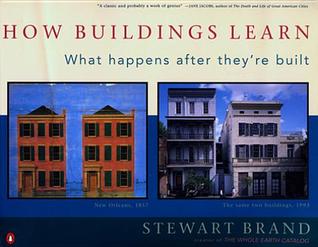By the early 1990s architecture was adrift—toying with Neo-Modernism, Late Modernism, Second Modernity, Neo-Classicism, Neo-Rationalism, and other signs of being open to renewed investigations of relevance. In an essay titled For an Architecture of Reality, architect Michael Benedikt reminded his colleagues, “We count upon our buildings to form the stable matrix of our lives, to protect us, to stand up to us, to give us addresses, and not to be made of mirrors.”8
Welcome back. Just a moment while we sign you in to your Goodreads account.


